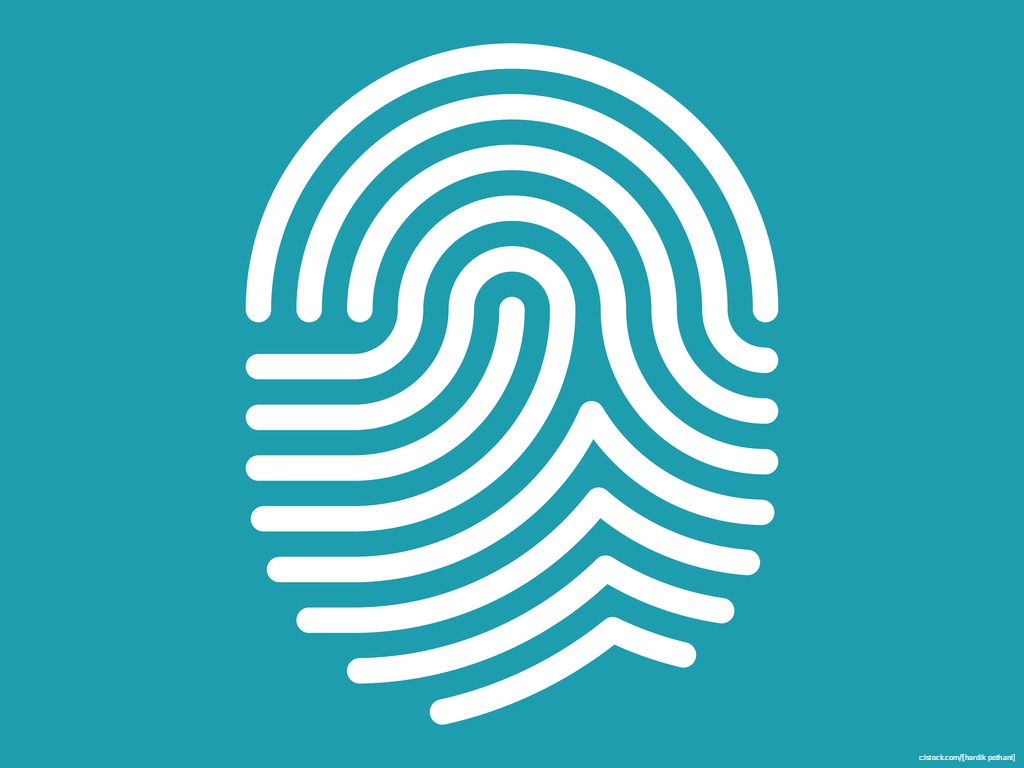
Forget the products and services you’re offering for a minute; your brand’s visual presence is arguably the most powerful way to resonate with your audience.
But don’t think a visual identity is about colour palettes and kerning. In a crowded and noisy digital marketing landscape, brands have to consider frequency, volume and variety across an ever-growing range of customer touchpoints, often spanning multiple markets.
Grant Munro is the senior VP of Shutterstock Custom, and an expert in changing the way brands – including AB InBev, L’Oréal, Nestlé, and McDonald’s – develop the way they present themselves visually to customers. He’ll be sharing this wisdom at Digital Marketing World Forum (#DMWF) in New York next month. Ahead of his appearance, Marketing Tech caught up with Munro to talk about the concept of visual identity, its importance, and what brands need to consider in developing one.
First of all, let’s talk about the concept of brand identity, because all brands have got one haven’t they, regardless of whether it’s the right one?
 Grant Munro: I agree that all brands have an identity, but I think it’s a question of whether they truly know what it is, and if they live it and embody it in their marketing. The concept of a brand identity is one that has been simplified a bit too much. If you ask a marketer what their brand identity is, they may say it’s their logo, colors, font, or other surface-level design elements. But the reality is a brand identity extends well beyond these elements and covers the emotive and hard to quantify aspects of a brand that businesses present to their audiences every day through every touchpoint.
Grant Munro: I agree that all brands have an identity, but I think it’s a question of whether they truly know what it is, and if they live it and embody it in their marketing. The concept of a brand identity is one that has been simplified a bit too much. If you ask a marketer what their brand identity is, they may say it’s their logo, colors, font, or other surface-level design elements. But the reality is a brand identity extends well beyond these elements and covers the emotive and hard to quantify aspects of a brand that businesses present to their audiences every day through every touchpoint.
So, your keynote next month is all about power of visual identity in particular. Why is this so important for brand perception in the eyes of today’s consumer?
GM: Visual identity is such a critical part of brand perception because it’s how marketers make that sensory connection between their product or services and the real-life scenarios, situations or environments they want audiences to associate themselves with. Visual identity is powerful when it feels personal to audiences and they can see themselves needing the brand, not necessarily the product or service.
When we consider what’s important in terms of creating visual identity, you mentioned it’s more than just "colour themes and fonts"…
GM: There’s definitely a lot more to visual identity than design, colour themes, and fonts. Those design elements, as well as images, videos, vectors, illustrations, music, and copy, play very important roles but they are just the tools to go to market to tell a brand’s story.
What’s important is that brands think about the feelings, scenarios, personality, and values they want their audience to experience when they see their visual content. When a brand can make their visual content speak to their audience and make it feel personal to their lives and experiences, they’re on the right track for building an effective visual identity. At Shutterstock Custom, we put a lot of effort into ideation, briefing, and understanding the customer brand needs from an emotional perspective before we start shooting content for them. I love using the example of Johnson and Johnson Healthy Essentials. This is a brand we’ve worked with for a long time and to make their content, authentic, real, and reflective of who they market to they take the approach of using employees and their families as models for shooting their content.
On which platforms are brands seeing most success right now, or does it entirely depend on the brand in question and who their consumer is?
GM: It definitely depends on the brand in question and what platforms make sense for them to be putting effort into producing content for. With every channel, there will be opportunities and challenges that are unique to each. Where I think brands are excelling on platforms is when they take the time to invest in their audience development and following the creative best practices for each. All of the social platforms provide their business customers with resources to help them create content that’s more effective, such as campaign ideas, success stories, design tips, and ideation support. They also all have official marketing partner programs where they’ll recommend creative technology vendors that they’ve vetted and trained on how to make effective content for their platforms. At Shutterstock Custom we’ve seen how successful this can be for marketers as we are an official badged creative partner for Facebook, Instagram, and Pinterest.
What kind of signals indicate that perhaps a brand isn’t quite hitting the mark with their visual identity?
GM: One thing we often see when brands aren’t reaching their full potential is that they lack consistency in visual identity, especially on digital channels. Everything from their product and lifestyle images or videos, to the scenarios and situations they represent, to the models, colours and settings they choose can be inconsistent and sends mixed messages to their audience. When brands fail to consistently represent their mission, purpose, values, and audience through these types of visual elements it often results in them looking to solutions like Shutterstock Custom for support in correcting and defining the identity further.
So once a brand has entrenched a strong and effective visual identity, is that it? Or do they need to continue analysing its impact, striving to keep it ‘fresh’?
GM: Without a doubt, every brand visual identity is constantly evolving and needs monitoring and continuous attention to keep it fresh. While the core visual identity of a brand does not change often; campaigns, calendars, projects do change frequently. If brands aren’t paying close attention to this it results in either stagnant content or worse inconsistency with their core visual identity.
Finally, can you point to one great example of a brand that has revitalised its image this year?
GM: I really like what Uber has done recently by changing its logo to a wordmark and beginning to emphasise ‘in motion’ as a part of their brand messaging and value prop. The connection the new logo and messaging makes to their growth beyond simply a ride-sharing app hits the mark well with where their business is going in the future. Plus they opted for a custom typeface and anytime a brand can customise their creative assets and hold the licensing is great for build authenticity.
 Shutterstock Custom's Grant Munro will speak on 'Scaling Branded Visual Content' at #DMWF North America next month, from November 7-8.
Shutterstock Custom's Grant Munro will speak on 'Scaling Branded Visual Content' at #DMWF North America next month, from November 7-8.
Find out more about Digital Marketing World Forum (#DMWF) Europe, London, North America, and Singapore.





